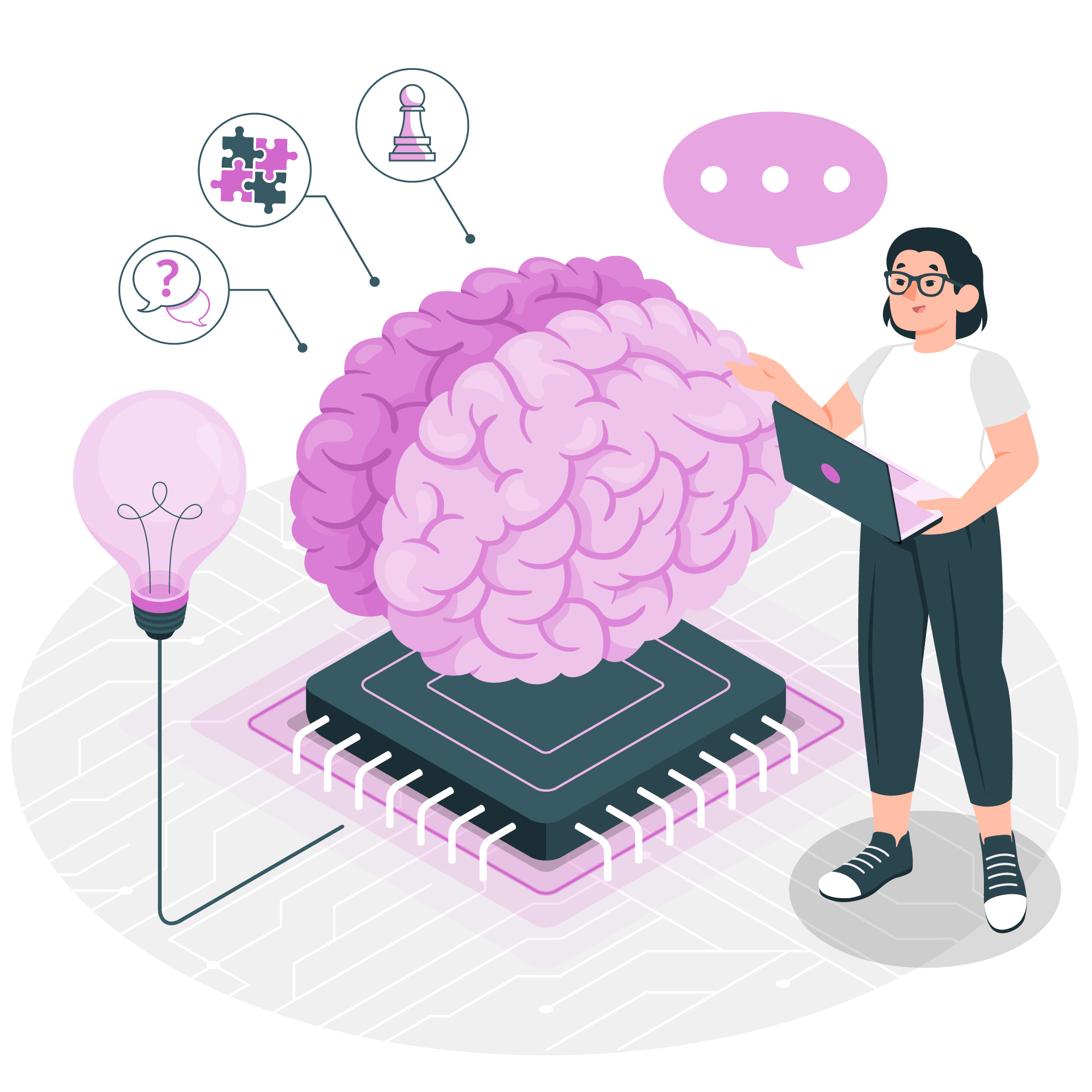Introduction
As the popularity of Machine Learning (ML) continues to solidify in the industry, another innovative area is emerging – Deep Learning (DL). Most AI tools we use today, such as Google Translate and virtual assistance bots like Siri, are actually built upon deep learning frameworks.
Deep Learning is a sub-branch of Machine Learning. It dispenses greater efficiency and accuracy in handling comprehensive datasets than conventional methods. When trained with a vast amount of data, these systems can match (and even exceed) the cognitive powers of the human brain.
DL models can evolve on their own, without the need for continued programming. The algorithms can be used for enhancing computer vision, voice recognition, natural language processing, and analytics tasks, which have applications ranging from autonomous vehicles to investigative medical research.
What is a Deep Learning Framework ?
A deep learning framework is a software library that includes a set of APIs (Application Programming Interfaces), abstractions, and tools to assist developers in building and training deep learning models.
They are often tried and tested solutions for designing and training deep neural networks. With these you can upload data and train a model that would lead to accurate and intuitive predictive analyses.
Today, we have a myriad of frameworks at our disposal that allow us to develop tools that can offer a better level of abstraction along with simplification of difficult programming challenges. Let us look at some of them.
Top Frameworks
TensorFlow: This is Google’s open source platform for ML and DL and a very popular choice. It is JavaScript based and has a variety of tools and community support resources. Though there are numerous experimental interfaces available, Python is the most preferred programming language for this. The major advantage with TensorFlow is that you can use it for data integration functions, including inputting graphs, SQL tables, and images together.
PyTorch: Developed by Facebook, this is also an open source Deep Learning Framework. Its main advantage is the speed with which it moves from research to deployment. It is excellent for training, building, deploying small projects and prototypes. Its main applications are NLP and computer vision.
Keras: This handy tool can run atop of TensorFlow, Theano, Microsoft Cognitive Toolkit, and PlaidML. It is also open source and known for its speed. Excellent for beginners who have just started in this field. Written in Python, it is incredibly easy-to-use and extensible.
Sonnet: This is a high-level library designed for building complex neural network structures in TensorFlow. With it you can develop and create the primary Python objects corresponding to a specific part of a neural network. This is one of the best Deep Learning frameworks out there.
MXNet: This deep learning framework is useful for training and deploying deep neural networks. It is open source and highly scalable. Its USP is that it supports multiple GPUs along with fast context switching and optimized computation. Flaunting a flexible programming model it also supports multiple programming languages.
Swift for TensorFlow: This is a next-generation platform that combines the power of TensorFlow with that of the Swift programming language. Although the project is at a nascent stage, it incorporates all the latest research in ML, differentiable programming, compilers, systems design, and much more.
Gluon: This is a very recent introduction and helps build models fast by using an assortment of pre-built and optimized neural network components. It comes with a complete range of plug-and-play building blocks, including predefined layers, optimizers, and initializers.
Conclusion
As highlighted in the beginning, deep learning is one of the growing fields in machine learning. The field of deep learning is evolving fast, and there are many high-performance tools available to choose from.
If you’re just getting started, pick a user-friendly library like TensorFlow – one of the most popular deep learning frameworks.
The choice of tool ultimately depends on the specific needs of the user, such as the type of problem they are trying to solve, their preferred programming language, and the hardware they have available.
However, you are not bound to one framework in your building of deep learning models journey; feel free to switch between them based on your project requirements. This will create the most optimum blend for your DL project.
